In training for a race, tapering includes cutting back the length of your runs and overall training sessions. The taper time can range from 2 to 5 days to 3 to 4 weeks, depending on the distance of the race. As you taper, your body will rest and recover, so you're ready to reach your peak speed and endurance on race day. This process sounds easy, yet tapering before a race can be one of an athlete's most complex parts of training.
Mental blocks associated with breaking your routine can put even the most confident runners into a world of doubt. Yet, this section of your program can be one of the most beneficial for race day. A successful taper will leave you refreshed, sharp, and prepared for the race you have in store. We talked with Marie-Eve Trottier, an elite ultra trail runner and one of our phenomenal ambassadors, about some guidelines to follow on your next taper.

1. Dial In Your Nutrition
“I eat less fibre the week before to avoid GI issues during the race. I know it might be a bit rigid, but I also try the best I can to avoid any kind of food I have never eaten before to make sure my digestion stays well the week before the race. One of the worst nightmares I have is to run for 20 hours with a GI issue. I also bring Näak Ultra Energy bars and other products I know are safe during my runs.”
In the taper phase of your training block, you replenish your glycogen stores so that you have a high level of glycogen available for race day. Even though you may reduce your training hours, it's not necessary to drastically reduce your calories.
That being said, the food intake should be reduced compared to the heavy training block. The most important thing to keep in mind is to remain consistent with your intake of healthy fats, high-quality protein, and complex carbohydrates.
At this stage, take the extra time to slowly increase the number of complex carbohydrates you eat with the foods you enjoy and pay attention to how your body reacts. A sudden increase in carbs the day before a race can make you feel like you're racing with a brick in your stomach.
Instead, create a carboloading plan that will gradually build glycogen stores in your body.Click here to read more about creating a nutrition plan tailored to your specific needs.
2. Stick To The Trails/Routes You Know
“Don’t try to run in a very technical and hard trail you’ve never done just before the race to avoid getting injured and not being able to compete. I have seen so many people get a torn ankle or a broken toe just before the race and having to cancel it.”
With the extra time on your hands, you might be inclined to explore new trails to bring back a little zest to the dullish training schedule.
While we are all for exploring your playground at Näak, perhaps the taper before a race is not the best time to become an amateur expedition trekker.
Sticking to the routes and trails you know may be a little more boring, but it’s the safe game to play for the upcoming race day. Once you’ve got that podium finish, then you can start thinking about travelling the trails less known!

3. Reduce The Length Of Your Runs And Follow Your Program
“Stay calm, your body needs this, and you are doing what you have to do so you can perform your best on race day!”
A major component of any taper is reducing the length and often the intensity of your runs. After your final tough training day, begin reducing the number of kilometres you run to follow your training plan.
It's important to note that every athlete is a different, unique person, and your training program should reflect this!
If you are not comfortable setting up a training schedule on your own, ask your trainer for help or contact a friend who has prior experience tapering. Help from outside sources will guide you in the right direction and prevent you from putting your body through unnecessary stress in the weeks leading up to your race.
In general, keep the runs short, but spend time doing some quality workouts to keep your legs feeling strong. Don't forget to take extra rest days as needed. Resting and recuperating are the goals here, so it's imperative to listen to your body and consider its signals.
4. Give Your Mind Some Love And TLC
“I think it is healthy to have certain thoughts before a race, like: 'will I lose my fitness?' It is because you care about the race. Don’t judge yourself for having negative thoughts. It happens to many of us!”
Many of us will find the physical act of tapering adds to increased stress as we are releasing less dopamine into our system. On top of that, we are also spending less time doing what we love most, running.
A combination of this physical aspect and the psychological blocks associated with weight gain, imaginary muscle loss, and whatever else your mind can dream up can be extremely unnerving.
“If you struggle mentally with weight gain, it is good to know that many people also gain weight during the taper phase. It’s usually because you keep more water in your body. When you run more, you tend to keep less water in your body, making your weight fluctuate during the taper phase.”
The taper period is the perfect time to relax, catch up on sleep, and watch some of your favourite television shows. Your aim is to give yourself some time to heal. Whether you're recovering your mind or your body, cast away worries and doubts, and focusing on achieving the goals you've set for yourself.
A great way to relax while still staying active is to practice some light yoga or stretching. Your body will thank you, and your mind will love being able to focus on something productive while you're waiting to toe the line.

Each runner has a unique tapering process, and every athlete has a different way of doing it. The more experience you get, the better you will know what suits you. A well-executed taper will set you up for a successful finish when combined with a powerful training program. Don't be afraid to ask for help from a trainer or more experienced friends, and always remember to enjoy the process.
To find out more about Marie-Eve, visit her Instagram page @warfest_trailrunner!




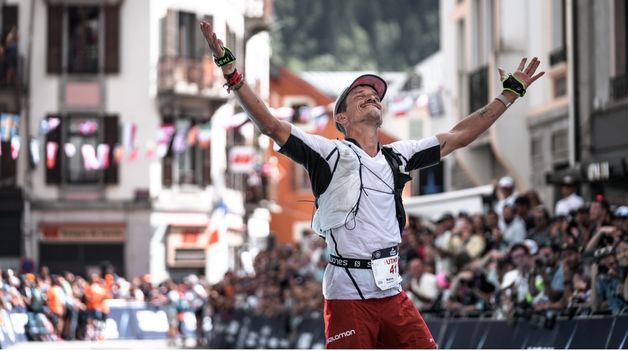



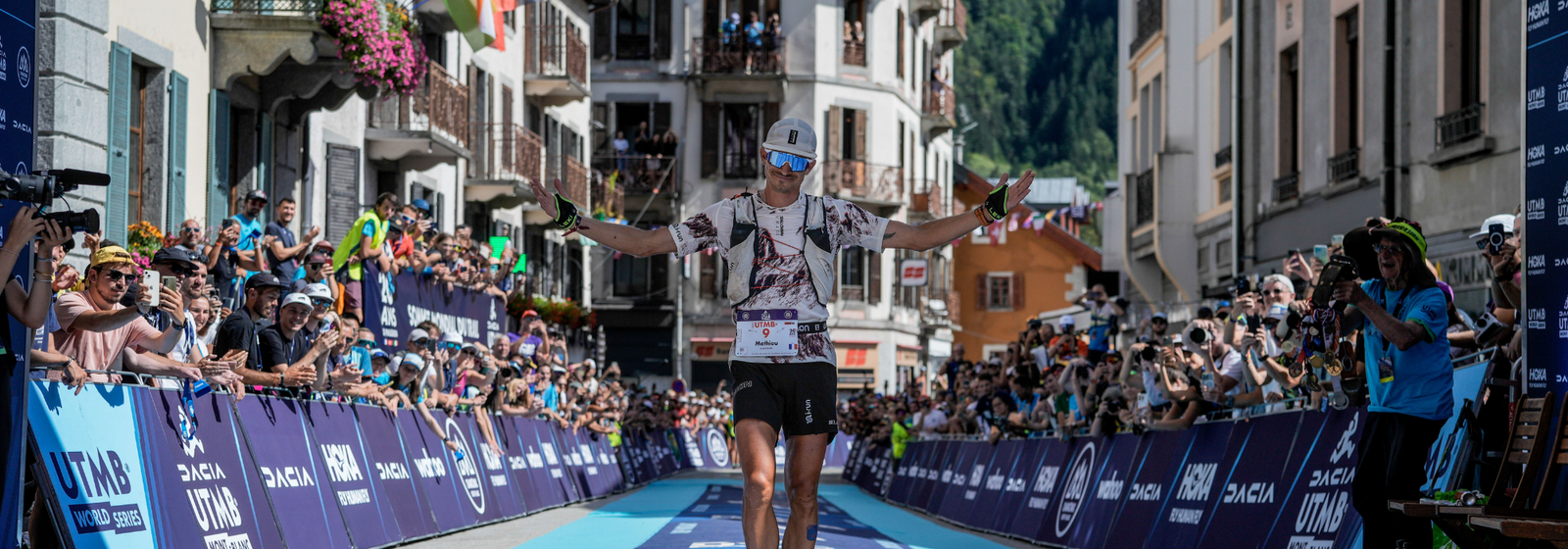




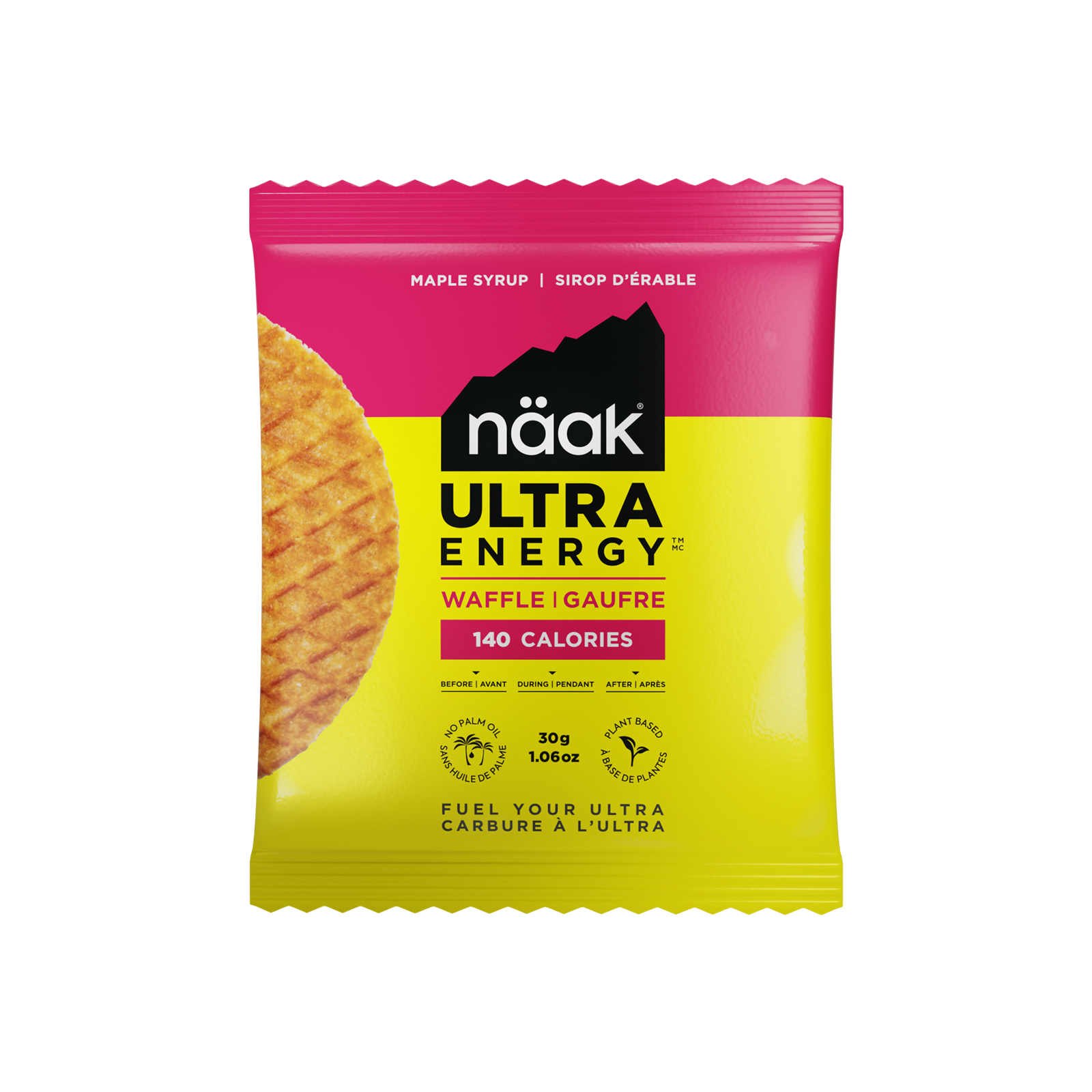
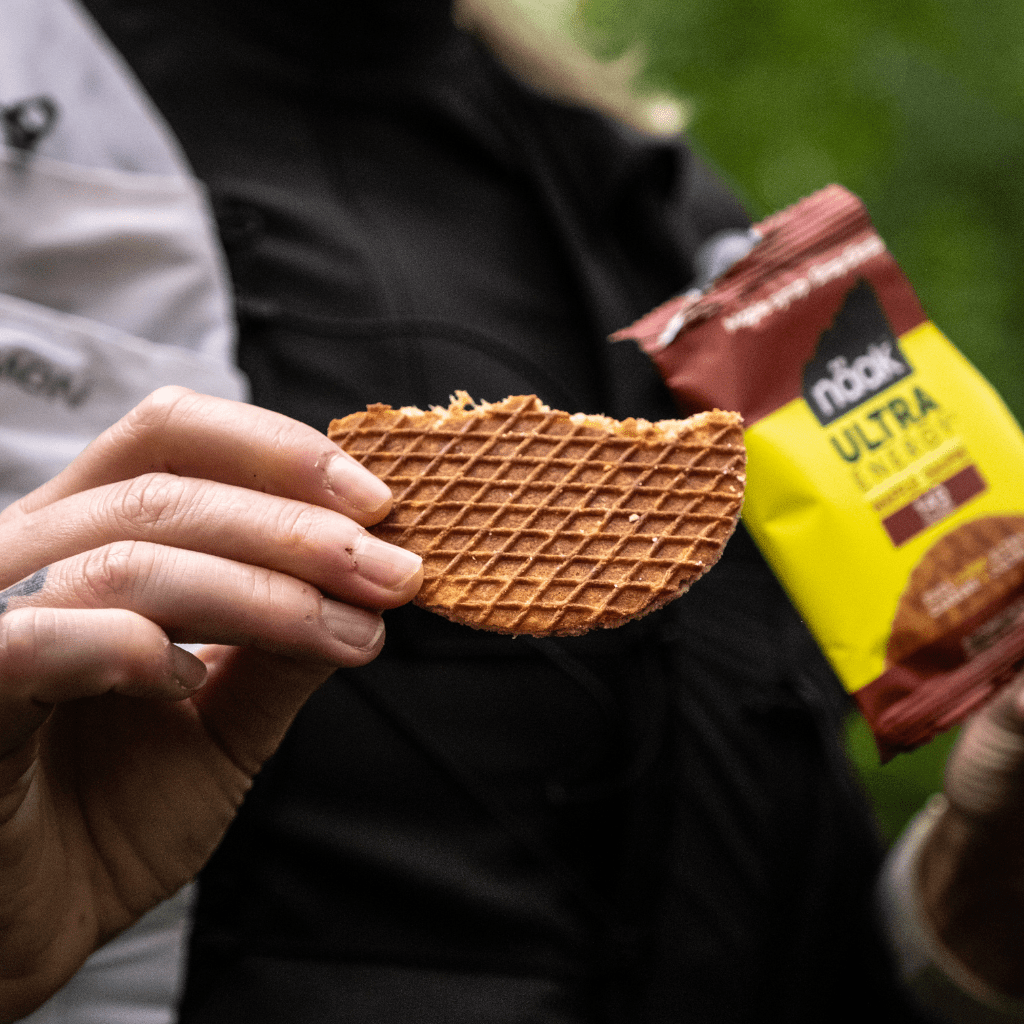
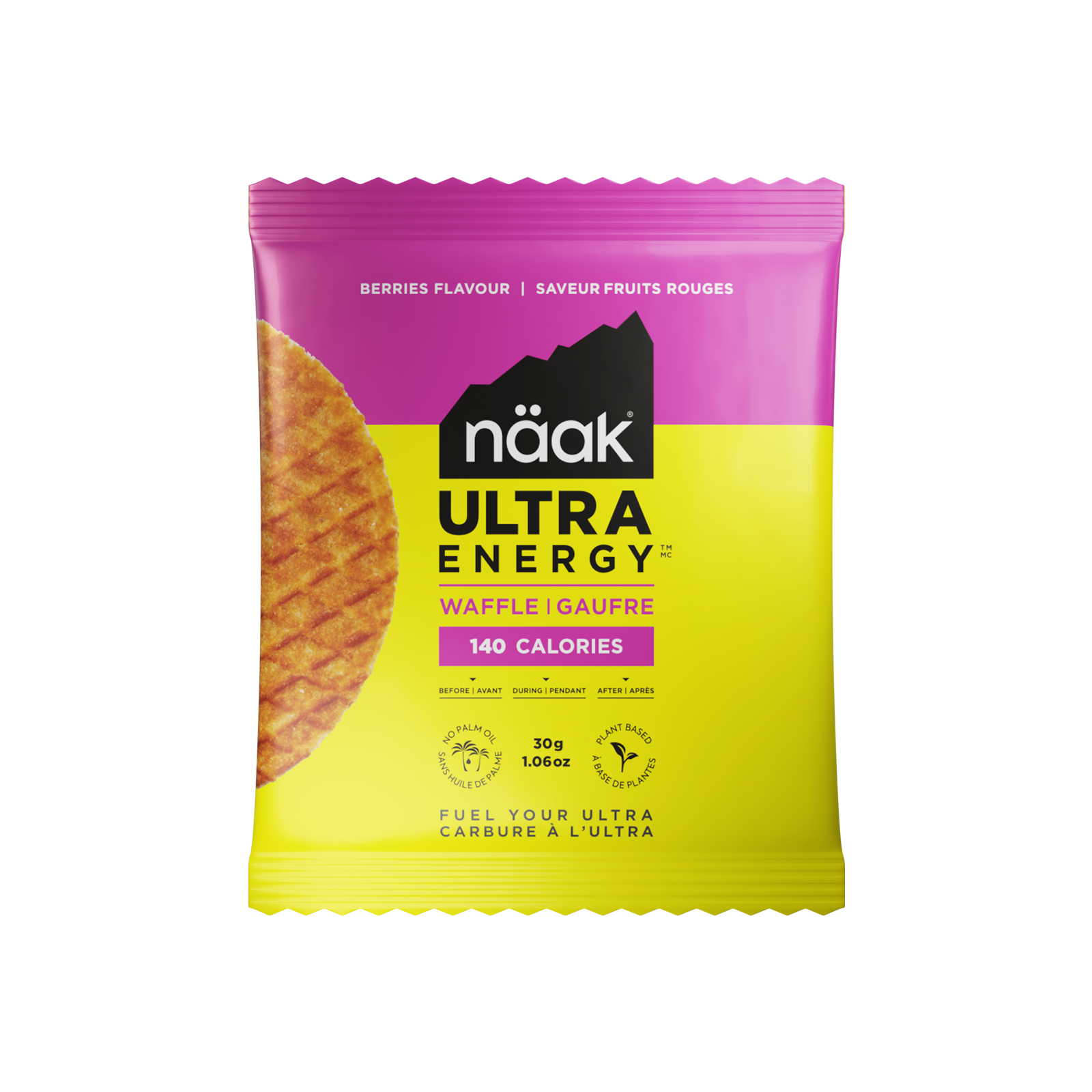



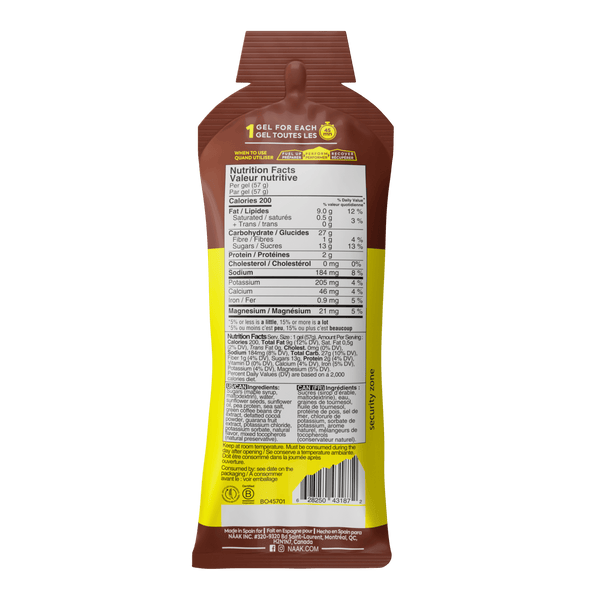


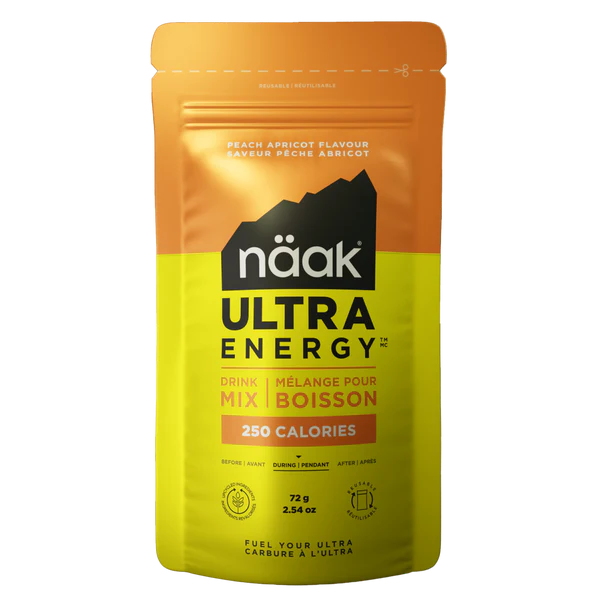



Leave a comment (all fields required)